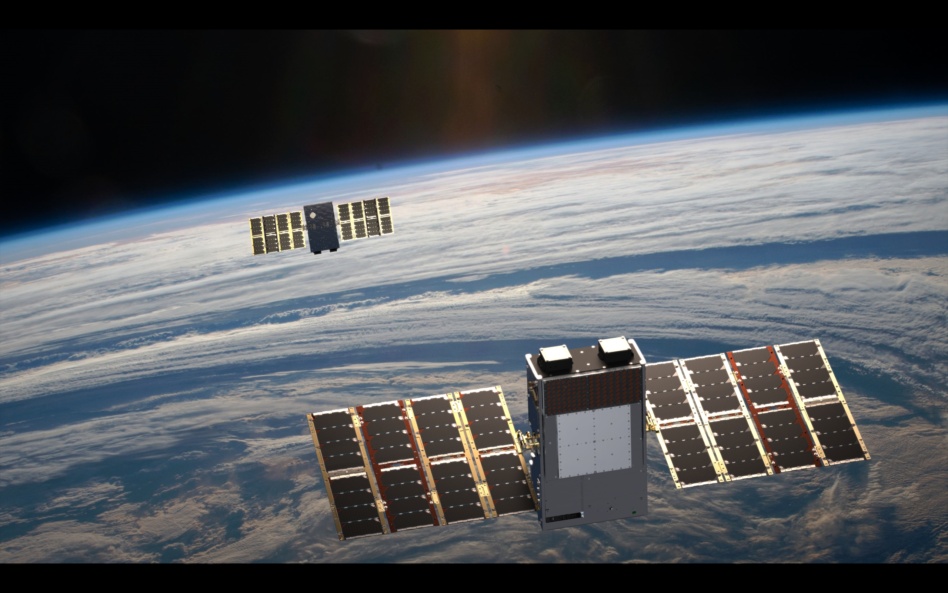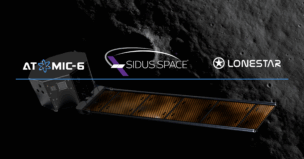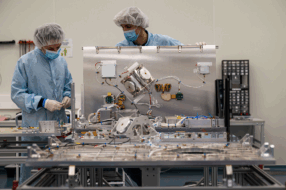Kepler has successfully demonstrated the ability to communicate between satellites on orbit, the company’s CEO Mina Mitry announced (H/T SpaceNews). Two data-relay terminals aboard satellites launched in January have been sending data packets back and forth since four days after launch, per Mitry.
Intersatellite links
The elusive tech is a big opportunity for satellite operators looking to reduce data transmission latency and increase coordination among constellations. Rather than needing to transmit data from space to the ground and back when satellites need to share information, intersatellite links allow satellites to communicate data directly back and forth.
- LEO satellites are only able to downlink 30% of the time “at best,” Mitry said, when they’re passing over ground stations. Operators can utilize intersatellite links to bring time-sensitive data back to Earth faster.
- NASA currently operates a constellation, the Tracking and Data Relay Satellites, that provides this service, but it’s planning to decommission it and hand the capability off to the commercial sector within a decade or so.
The problem is that on-orbit communications systems are quite energy-intensive. It’s not worth it for most companies to create bespoke space-based comms systems. Kepler wants to take on that market by launching their own communications network, Aether: “our antennas are bigger so their antennas can be smaller,” Mitry said.
Kepler’s solution
The company plans to begin launching Aether, its planned data-relay constellation, early next year. The terminals they’re testing out now are meant to connect with those satellites in the future to enable faster and higher-volume communications between satellites. The data terminals operate on the S-band, and can transmit data to one another at varying distances, per Mitry.
Kepler has secured spectrum rights from German regulators to put its data terminals on ~115,000 satellites in the coming years, and is independently working to ensure there aren’t any S-band conflicts.




